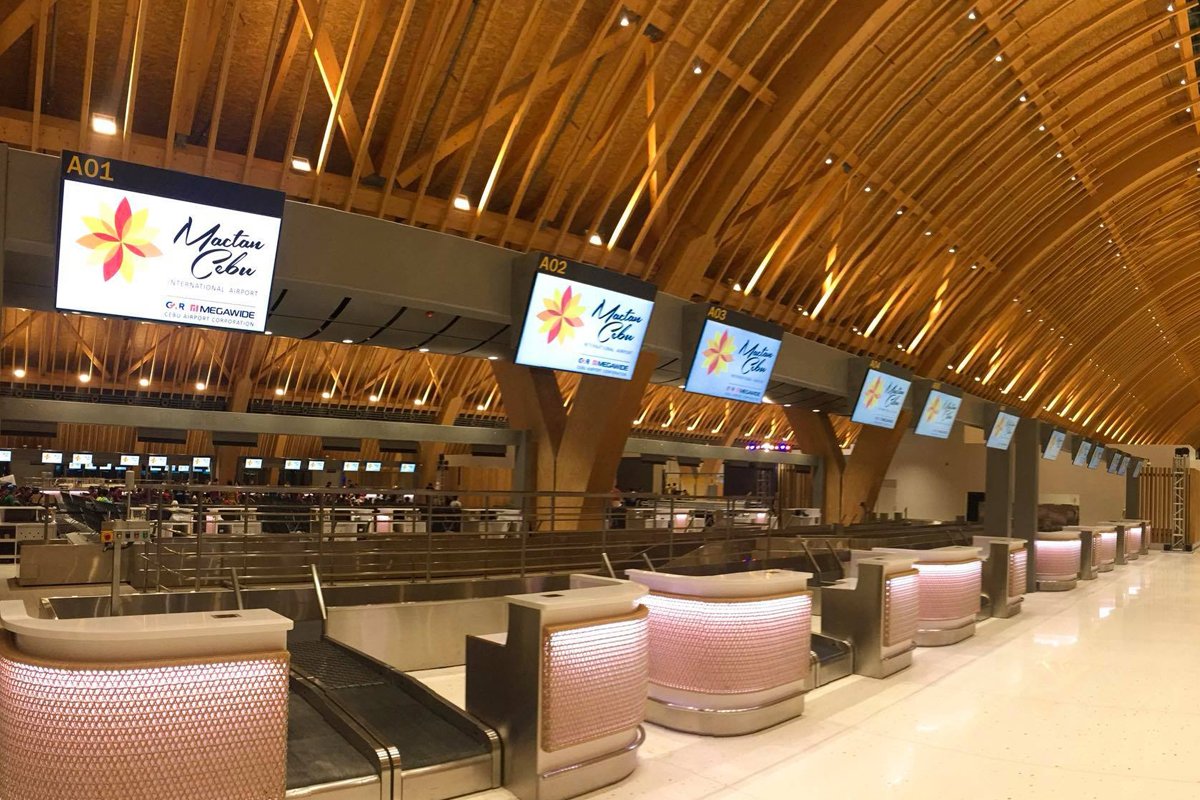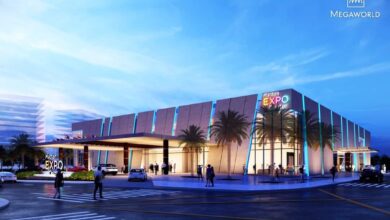
PH Airport Standards Elevated by New Mactan-Cebu Terminal
Airports were never a strong suit of the Philippines. In fact, it was not until 2017 when the Ninoy Aquino International Airport, the country’s main gateway, was finally removed from the list of the world’s worst airports. The other airports around the country are also far from being world-class. The new Mactan-Cebu International Airport Terminal 2 (MCIA-T2), however, is looking to change that by elevating the Philippine airport standards in terms of aesthetics and convenience.
In partnership with local architects and designers Budji Layug, Royal Pineda, and Kenneth Cobunpue, the Hong-Kong based architectural firm Integrated Design Associates Ltd. (IDA) intended to make the MCIA-T2 an ideal place for relaxation.
The airport was designed like a resort and is consistent with the overall T2 design inspired by the Philippine landscape. The departing passengers will easily notice the 19-meter link bridge with its terrazzo flooring that glistens when struck by sunlight, and the locally sourced pearl inlay that will remind everyone of Cebu’s beaches. The timber arches, on the other hand, were inspired by the waves of the seas around Mactan Island. At the departure level, however, one can’t help but notice the absence of plants.
“This is the first (airport) structure that used so much wood. No airport anywhere in the world has used these kinds of material. The glulam (glued-laminated timber wood from Austria) is much stronger and I think 20% to 30% more expensive than the usual steel and has a life of 200 years. But every 50 years, it has to be polished with a certain special liquid to cure the wood,” said Aines Librodo, head of Airline Marketing and Tourism Development of GMR-Megawide Cebu Airport Corp. (GMCAC).
Termites from live plants could damage the wood and that’s a risk the airport management doesn’t want to take according to Ms. Librodo. The MCIA-T2 is a project of Megawide Construction Corp consortium GMCAC and Bangalore-based GMR Infrastructure Ltd.
To provide maximum convenience, the MCIA-T2 got rid of the luggage x-rays at the entrance, which is a fairly common practice in most international airports around the world.
“In all of the airports in the Philippines, upon entry, you always have to lift your luggage and put it in the x-ray and then you go and lift your luggage again to bring them at the check-in counters. Here we don’t have that because we want convenience to all passengers. Statistics say that very few of the passengers have irregular stuff normally prohibited for check-in. So why do we penalize 95% of the passengers when only a few have these irregular stuff?” said Ms. Librodo.
A high-speed baggage handling system equipped with a four-level inline screening technology was installed to inspect check-in luggage.
The washrooms are also a treat. They have lush moss walls that were sourced from Italy, which creates an indoor garden effect and help stabilize humidity and improve air quality.
When it comes to shopping and dining, the 65,500-square meter (sq.m) T2 has a 895 sq.m duty-free shopping area while the food and beverage hub is operated by globally-renowned British firm SSP Group plc. F&B selections include Camden, Ritazza To Go, Burger King, Coffee Bean and Tea Leaf, Cabin Bar, Nippon Ramen, Bonchon, and Asian Kitchen.
Other amenities to enjoy at the terminal are The Spa at Cebu and the Plaza Premium waiting lounge.
Similar to NAIA in Metro Manila, getting to and from the MCIA-T2 can be frustrating because of the worsening traffic. But once there, one would be able to enjoy maximum comfort at a high-standard airport.
via Business World / Maya M. Padillo




